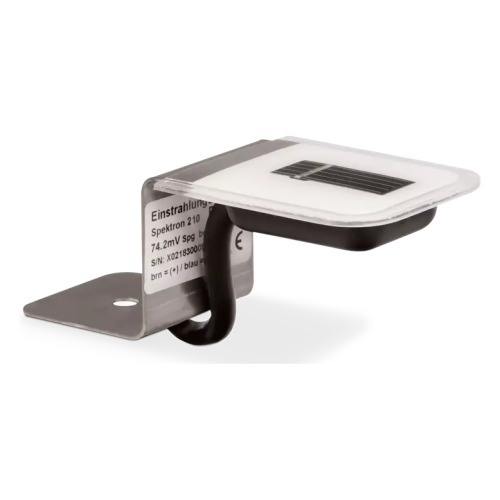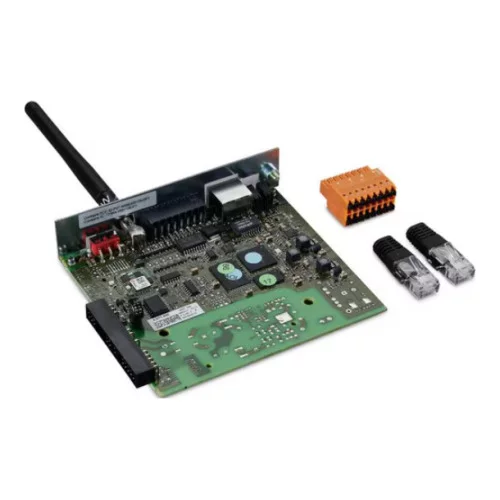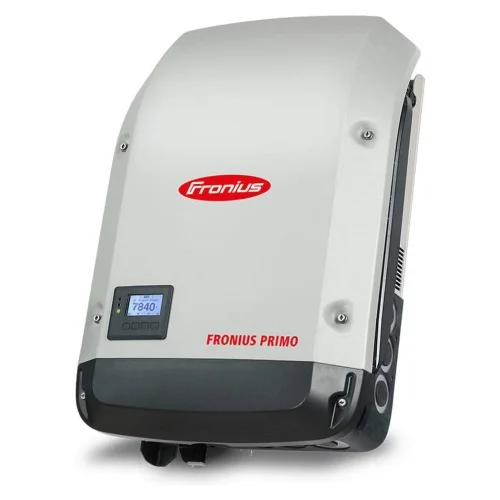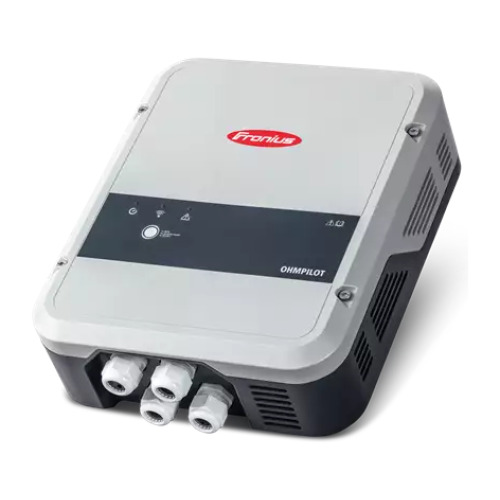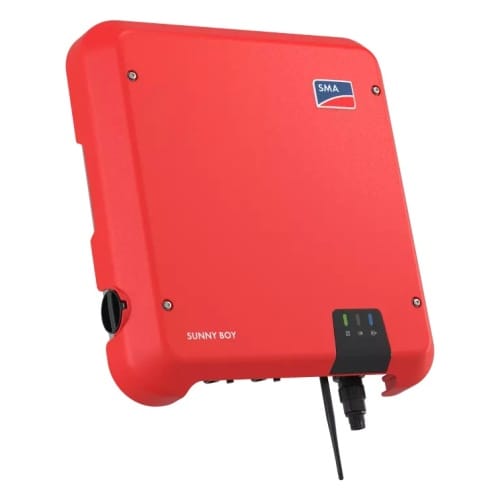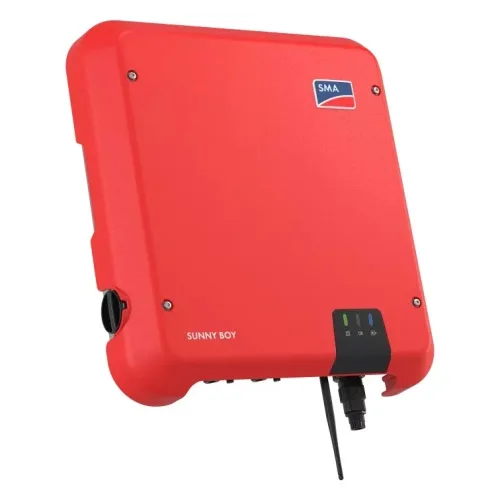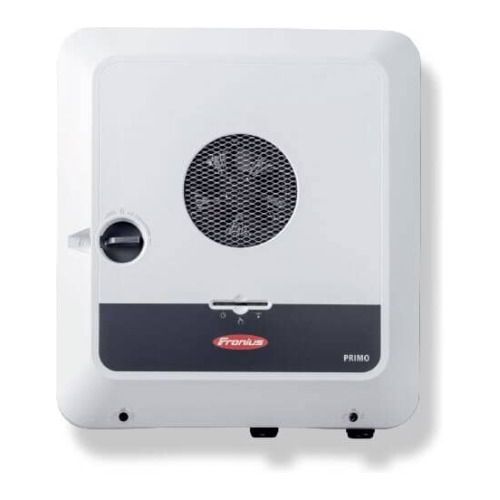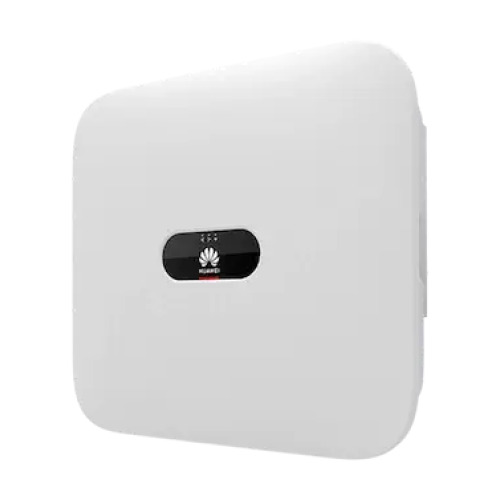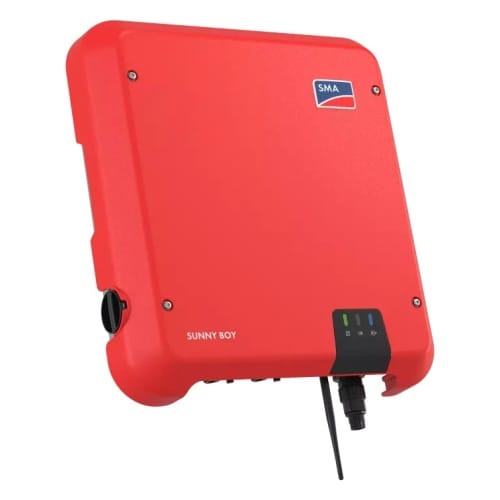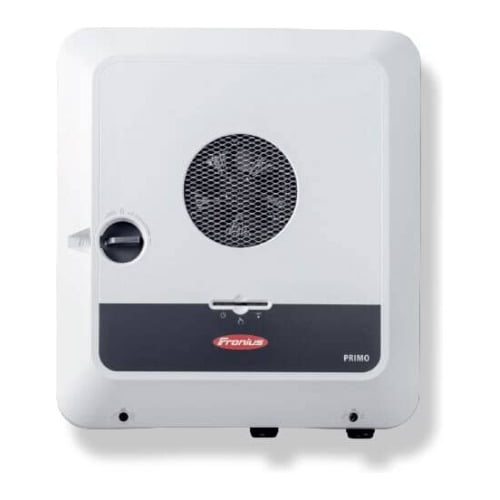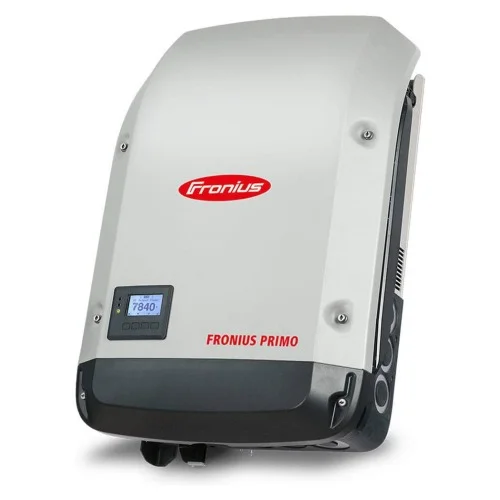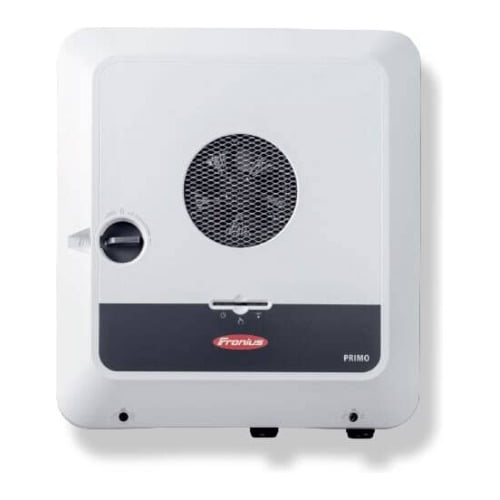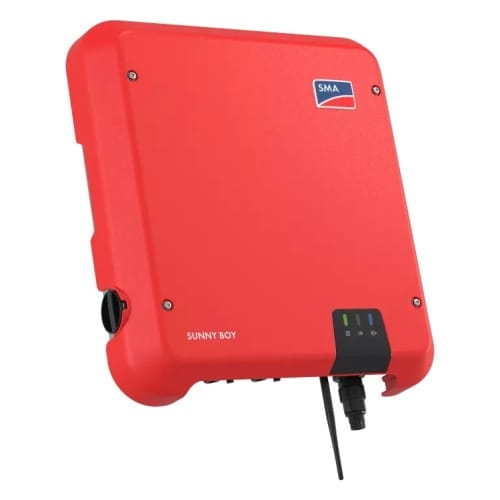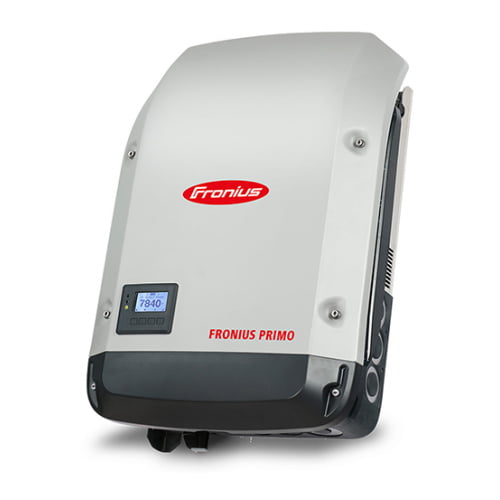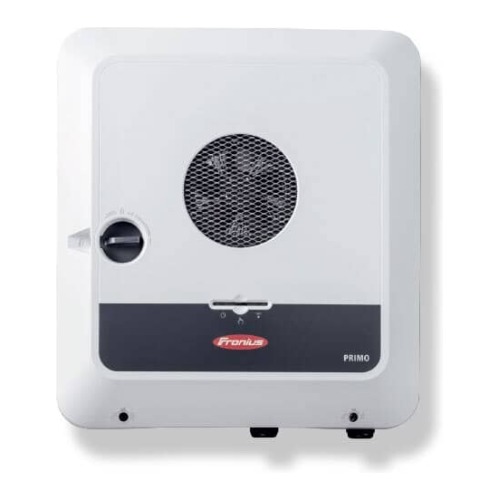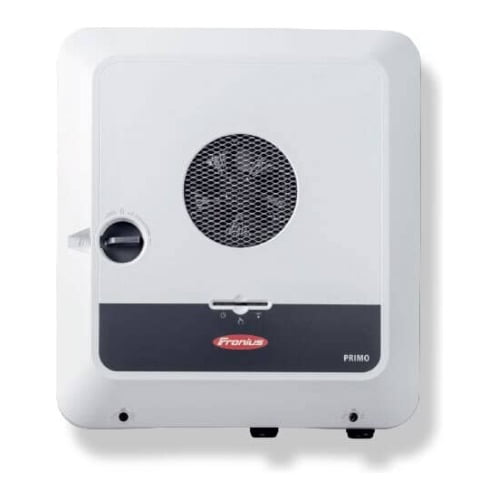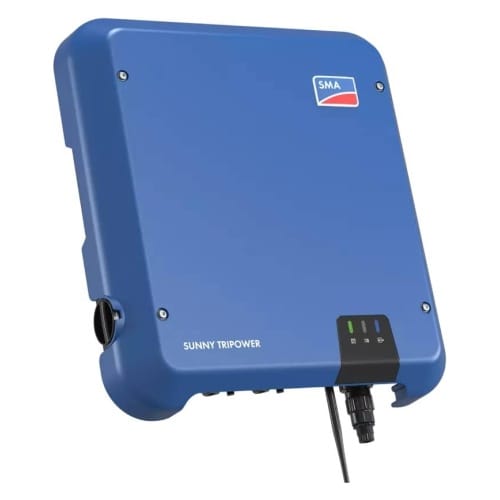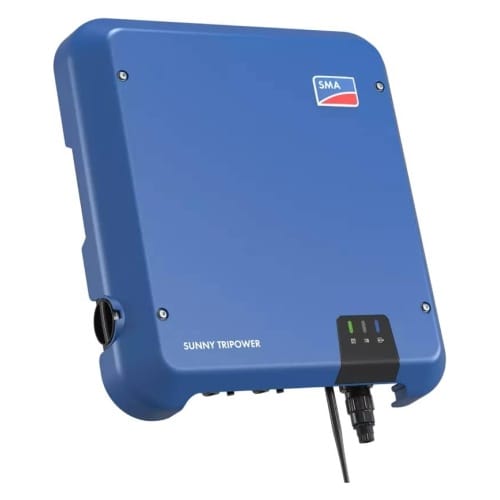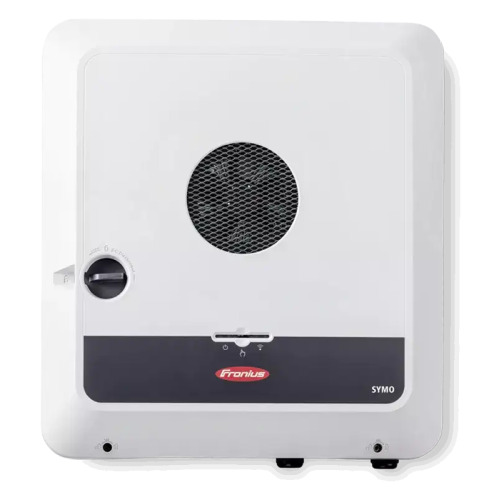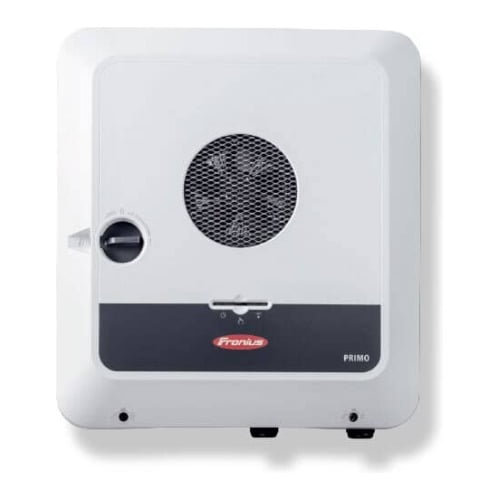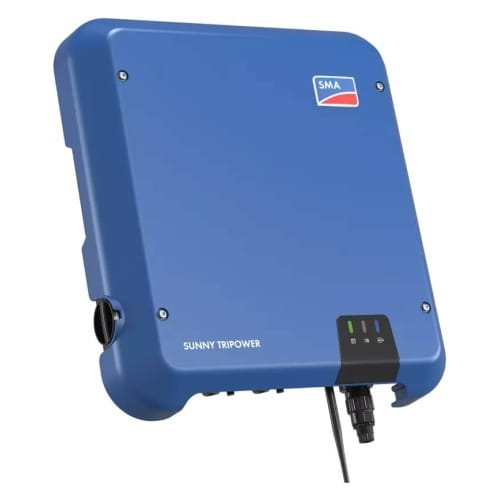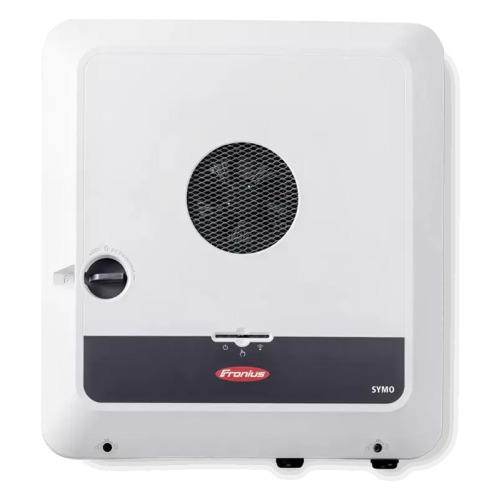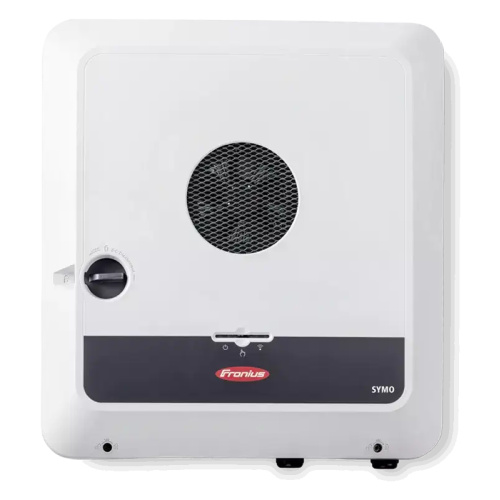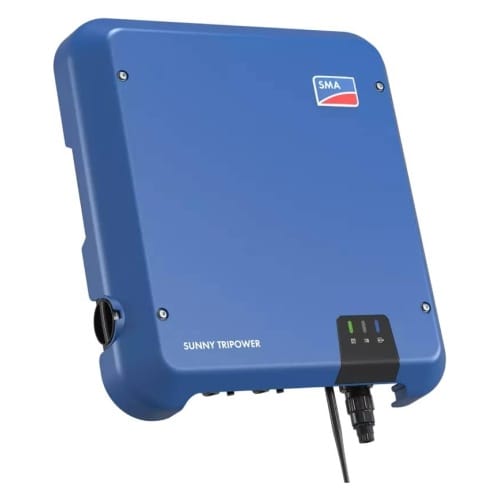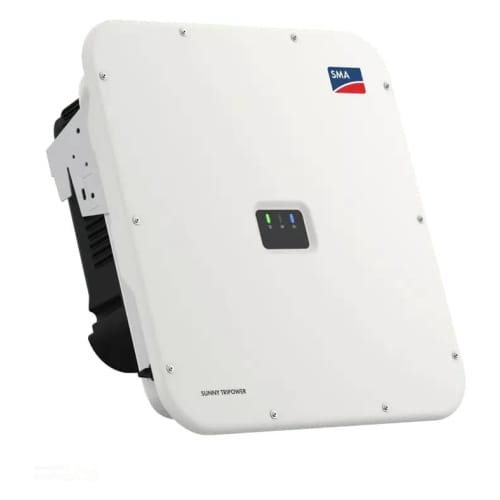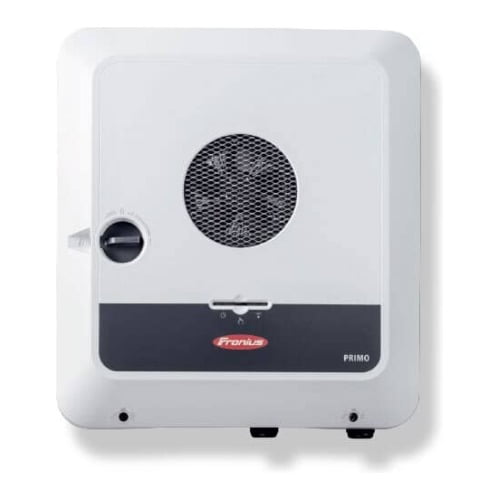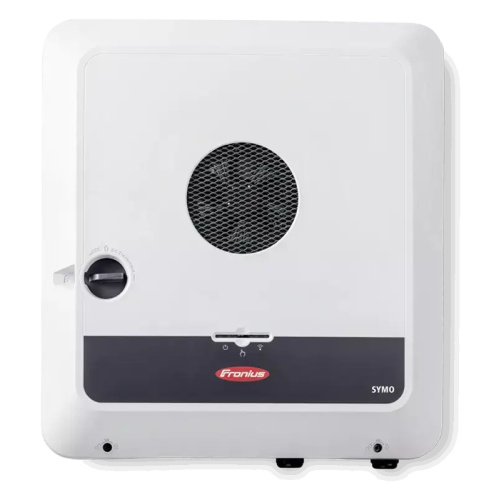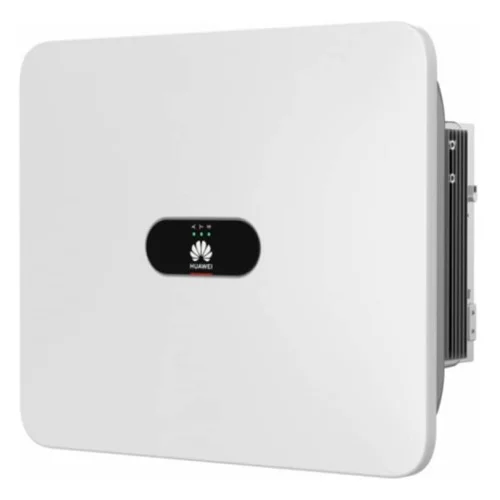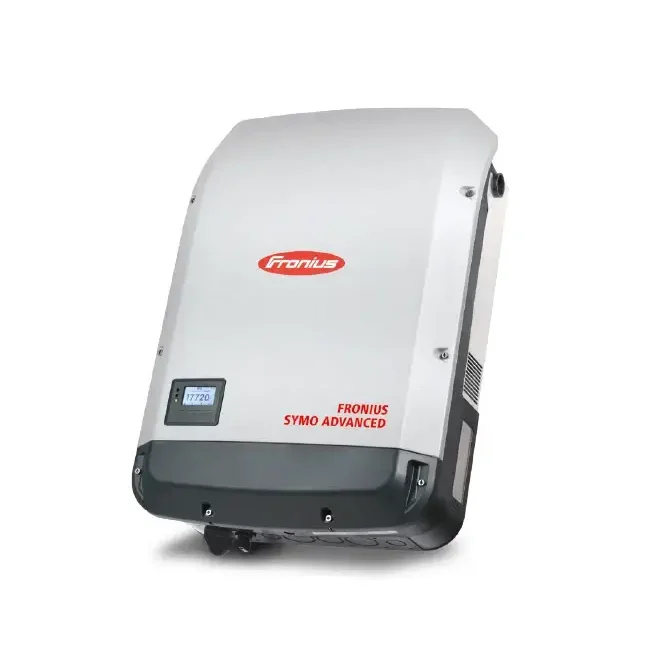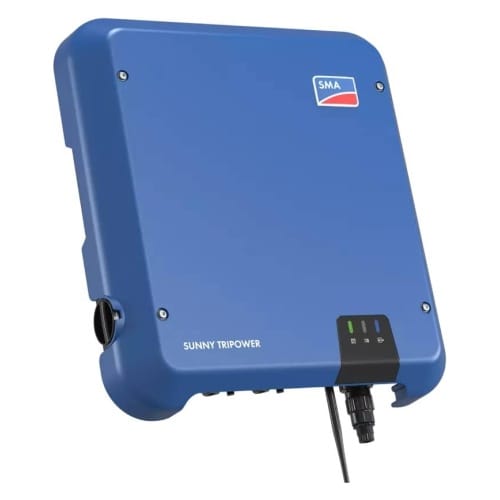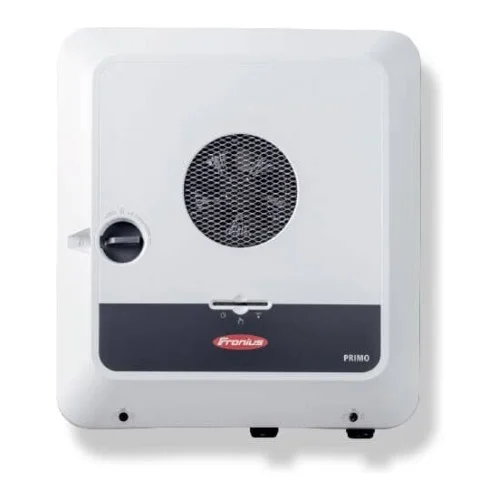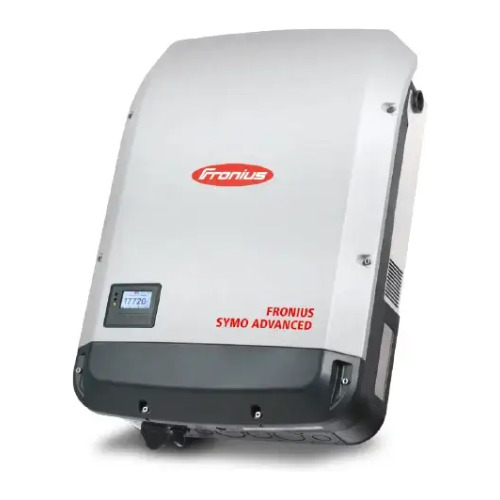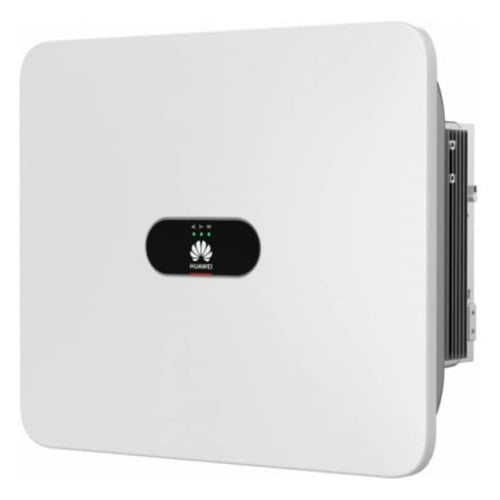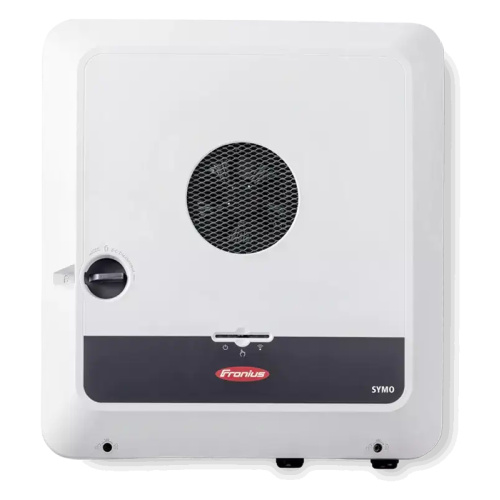- Free shipping to mainland Spain for orders over 300€.
Self-consumption solar inverters
Self-consumption on-grid inverters, which are connected to the grid without batteries, are the centrepiece of any photovoltaic installation. They convert the direct energy generated by the solar panels into 220-230 V alternating current, synchronised with the grid. Self-consumption inverters prioritise the energy generated by the solar panels to feed the consumption of the installation and thus lower the electricity bill from day one. In addition, they manage the surplus energy, feeding the surplus into the grid so that the electricity company can compensate them, thus lowering the electricity bill even further.
There are many manufacturers of self-consumption and grid-connected inverters and at FVComponentes we work with the best. We only offer high efficiency equipment, with integrated MPPT, remote monitoring via app or web and 10 year warranties.
Subcategories
-
Fronius Symo 5.0-3-M Three-Phase Inverter - 4,210,034
1.488,30€Original price was: 1.488,30€.1.339,47€Current price is: 1.339,47€.
Self-consumption inverters
Solar inverters for self-consumption, also known as on-grid or grid-connected inverters, are the most important devices in any grid-connected solar photovoltaic system.
Its main function is to convert the electrical energy generated by the solar panels in direct current (DC), to alternating current (AC) of 220-230 V, for everyday use in homes, businesses or industries.
The AC power coming out of the inverter is synchronised with the grid (same frequency and phase), so that it can be used safely at the same time as the grid power supply.
How do grid-connected self-consumption inverters work?
A self-consumption inverter fulfils two essential functions.
- Firstly, it converts direct current (DC) to alternating current (AC) by generating a high quality pure sine wave, suitable for any electrical receiver.
- Secondly, it synchronises its output with the grid by means of an internal system that automatically adjusts phase and frequency, so that the installation can operate in parallel with the conventional supply in a safe and stable manner.
The device sets the output voltage slightly above the grid voltage to prioritise the use of solar energy over energy from the utility supply.
When there is a grid outage, or during a blackout, the inverter automatically disconnects to prevent the injection of surpluses into the grid. This disconnection is done for safety reasons, to avoid possible accidents in case there are technicians working on the power line.
As long as there is sun, the installation will first consume what the panels produce, reducing the consumption of the grid and the bill. If there is still surplus, the surplus is fed into the grid.
General characteristics of self-consumption inverters
Most self-consumption inverters have a number of common features:
- Grid connection (on-grid): self-consumption solar inverters need the grid to work.
- Priority self-consumption: The energy produced by the system is consumed on the spot, before it is consumed from the grid.
- Automatic grid synchronisation: self-consumption inverters automatically detect and adjust to the voltage and frequency of the grid.
- Disconnection in case of power loss: In the event of a power failure, the inverter automatically disconnects itself thanks to its anti-islanding system to ensure the safety of any maintenance technicians.
- High energy efficiencySelf-consumption inverters are designed to operate at high conversion efficiencies, often higher than 95%.
- Various versions: The self-consumption inverters are available in single-phase and three-phase versions,
- Expansion of the system: All self-consumption inverters are designed with the future in mind, so that the installed solar panels can be extended or the system can be expanded with other equipment that allows battery storage.
- Remote monitoring: Through an app or web platform, to monitor at all times and in real time the performance of the solar panels' production, the consumption of the installation and the inverter's performance.
Which self-consumption inverters can you find at FVComponentes?
In our catalogue we have single-phase and three-phase photovoltaic inverters, with power ranging from 3 kW to 100kW or more.
These self-consumption inverters are designed for homes and small businesses as well as for large companies and industrial buildings that are connected to the electricity grid.
We work with leading brands, so you will be able to find self-consumption inverters of the following brands Fronius o SMA
How to choose a self-consumption inverter?
The first thing to take into account is the voltage of the electricity supply and the loads. In homes and small businesses, it is usual for the supply to be single-phase, while in industry, due to the use of machinery, it is usually three-phase. It is important to have this point clear before choosing the inverter.
When selecting the nominal power of the inverter, it is advisable to adjust it to the real demand and the contracted power, leaving a reasonable margin to be able to expand. It is better to go over than under, although we do not recommend over-dimensioning.
In terms of panel power, a simple rule of thumb works particularly well: size to produce approximately 25 % more than the annual consumption. That extra compensates for cloudy days, losses and possible increases in consumption.
It is also important to take into account the number of MPPTs the inverter has when designing the distribution of panels, especially if there are going to be different inclinations, orientations or shading.
Frequently asked questions
Does the self-consumption inverter continue to provide energy if the power goes out?
No. For safety reasons, solar inverters switch off when the mains supply fails.
How do I know if I need a single-phase or three-phase inverter?
This is determined by the grid supply and the loads. For single-phase installations, single-phase inverters. And for three-phase installations, three-phase inverters.
What inverter power do I need?
The inverter power is calculated taking into account the peaks and the contracted power.
What panel power do I need?
The panel installation should be sized to produce about 25% more than what is consumed.
Can batteries be added to a solar inverter?
Not directly, although there are devices, such as Victron's Multiplus II, which can work in parallel to grid-connected inverters, managing battery storage.

